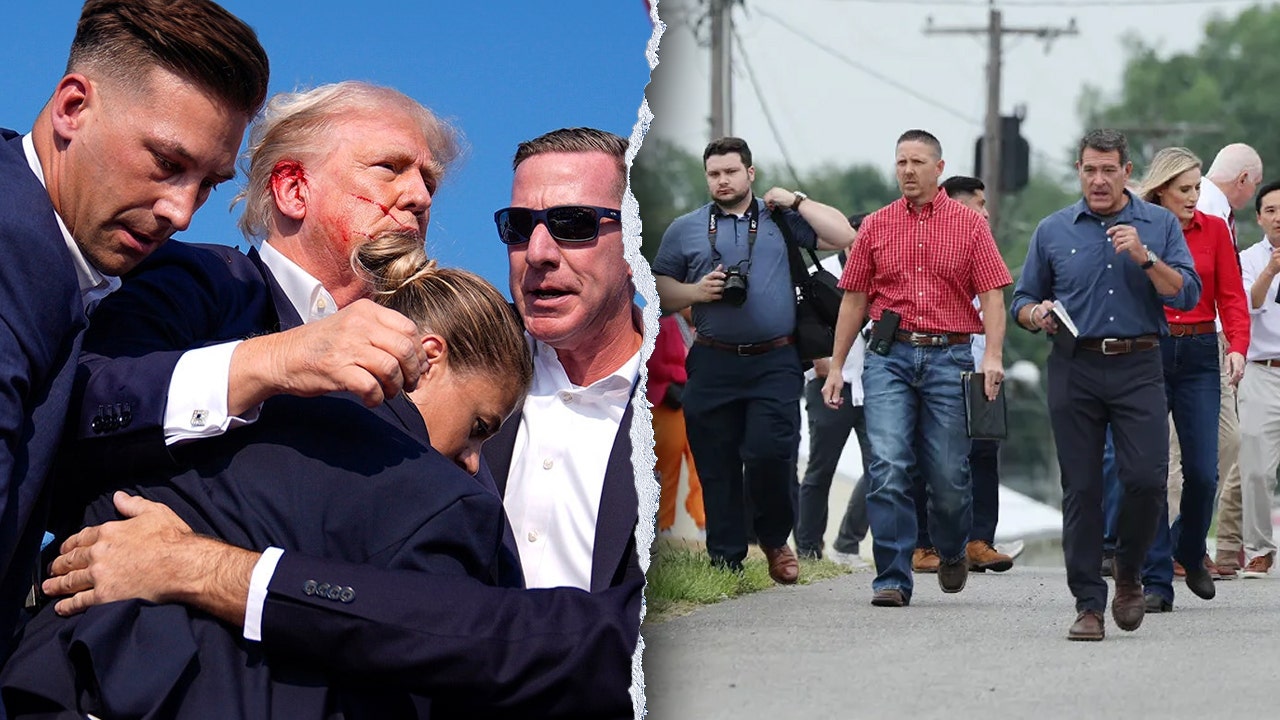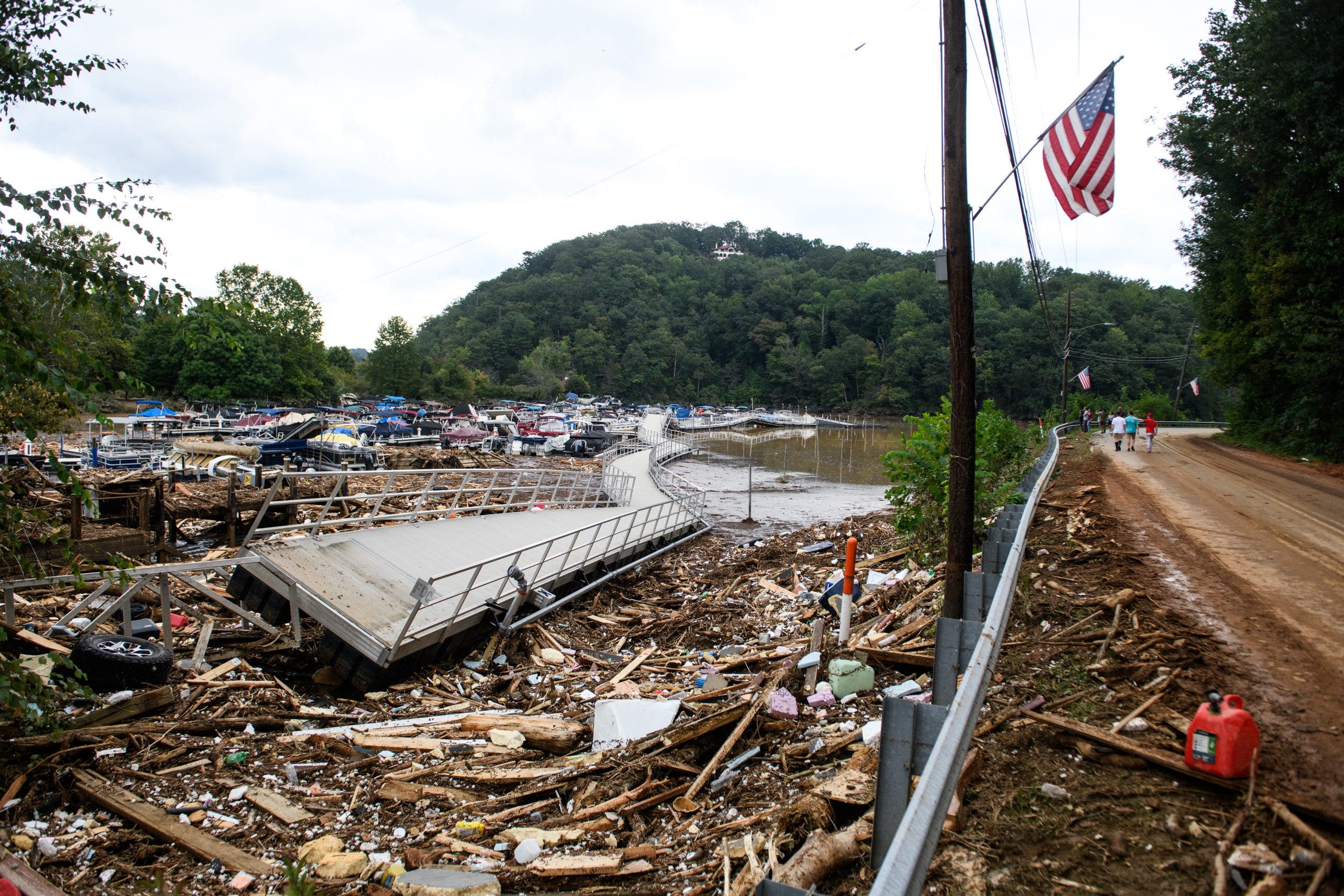Some of Firestone and West’s co-authors did distance themselves from the effort, but other scientists took their places. In 2016, West and several colleagues formed Comet Research Group Inc., which, according to its website, “cooperates with and provides funding for selected impact research scientists around the world.” The organization is a division of Rising Light Group, an Arizona-based nonprofit that “promotes public awareness and tolerance in a variety of fields, including religion, philosophy and science.” To skeptics of the impact hypothesis, this affiliation was another sign that something was amiss. But West, listed as a director of Rising Light Group, dismisses any suggestion that religion or mysticism has seeped into the scientific research on the Younger Dryas impact hypothesis. “We have scientists in our group of all kinds of religious persuasions, and to my knowledge, none of their beliefs have gotten into our papers,” he says. “Any scientist who judges the beliefs of a scientist outside of that paper, to me, that’s not good science.”
Joined by a growing cohort of collaborators, the Comet Research Group churned out new research, presenting such evidence as shock-synthesized hexoganal nanodiamonds from Santa Rosa Island, Calif.; siliceous scoria-like objects from Melrose, Pa., Blackville, S.C., and Abu Hureyra, Syria, as well as corundum, mullite, sessile and lechatelierite; elevated levels of chromium, iridium, copper, nickel and ruthenium in the sediments of western Russia’s Lake Medvedeskoye; planar deformation features, orthoclase and monazite in the northwestern Venezuelan Andes; and suggestive patterns in the eubacterial and paleosol chronosequences in the Mount Viso catchment of the Cottian Alps. What Topping and Firestone first uncovered at a single archaeological site in Michigan had expanded into, as one researcher put it, a “global cosmic catastrophe.”
These elements, minerals and geological forms are real. What many outside scientists continued to dispute was the hypothesizers’ interpretations of what these things meant. To the nonscientist, this back-and-forth is impenetrable. “It is very difficult for laypeople to assess whether something is true or not,” says Tiffany Morriseau, a social cognitive scientist at the University Paris Cité. She was part of an interdisciplinary team of experts commissioned by the European Union in the wake of the pandemic to investigate the decline of trust in experts. The group thought that, in a complicated world, there is no choice but to rely on experts. After all, everyone is a layperson in some facets of their existence. The plumber must at times place trust in the veterinarian, who at times relies on the engineer.
Looking to experts is one way that people employ what psychologists call “epistemic vigilance” — a kind of immune system for our individual conceptions of reality, allowing us to parse truth and falsehood. But this defense can be confounded in cases of contested expertise, with rows of Ph.D.s arrayed on each side, offering conflicting accounts. In such a situation, Morriseau says, a person might be tipped toward one understanding over another by how closely it aligns with previously held beliefs or political or cultural affiliations. A compelling story might make the difference.
In a recent paper, two psychologists at the University of California, Santa Barbara, Spencer Mermelstein and Tamsin German, have argued that pseudoscientific beliefs, which range from the relatively harmless (astrology, dowsing) to the deeply malignant (eugenics, Holocaust denial), tend to find cultural success when they hit a sweet spot of strangeness: too outlandish, and the epistemological immune system will reject it; too banal, and no one passes it on. What is most likely to take hold, Mermelstein says, is something that adds an intriguing twist to a person’s current sense of the world. The idea that a comet impact shaped many details of the modern world is not just surprising and interesting, he says; it also roughly fits most people’s previous understanding of Earth’s geologic past. And it’s simpler and more satisfying than alternative explanations for the events of the Younger Dryas. “It’s just like, one big cause, one big outcome,” Mermelstein says. “We can move on, right?”






